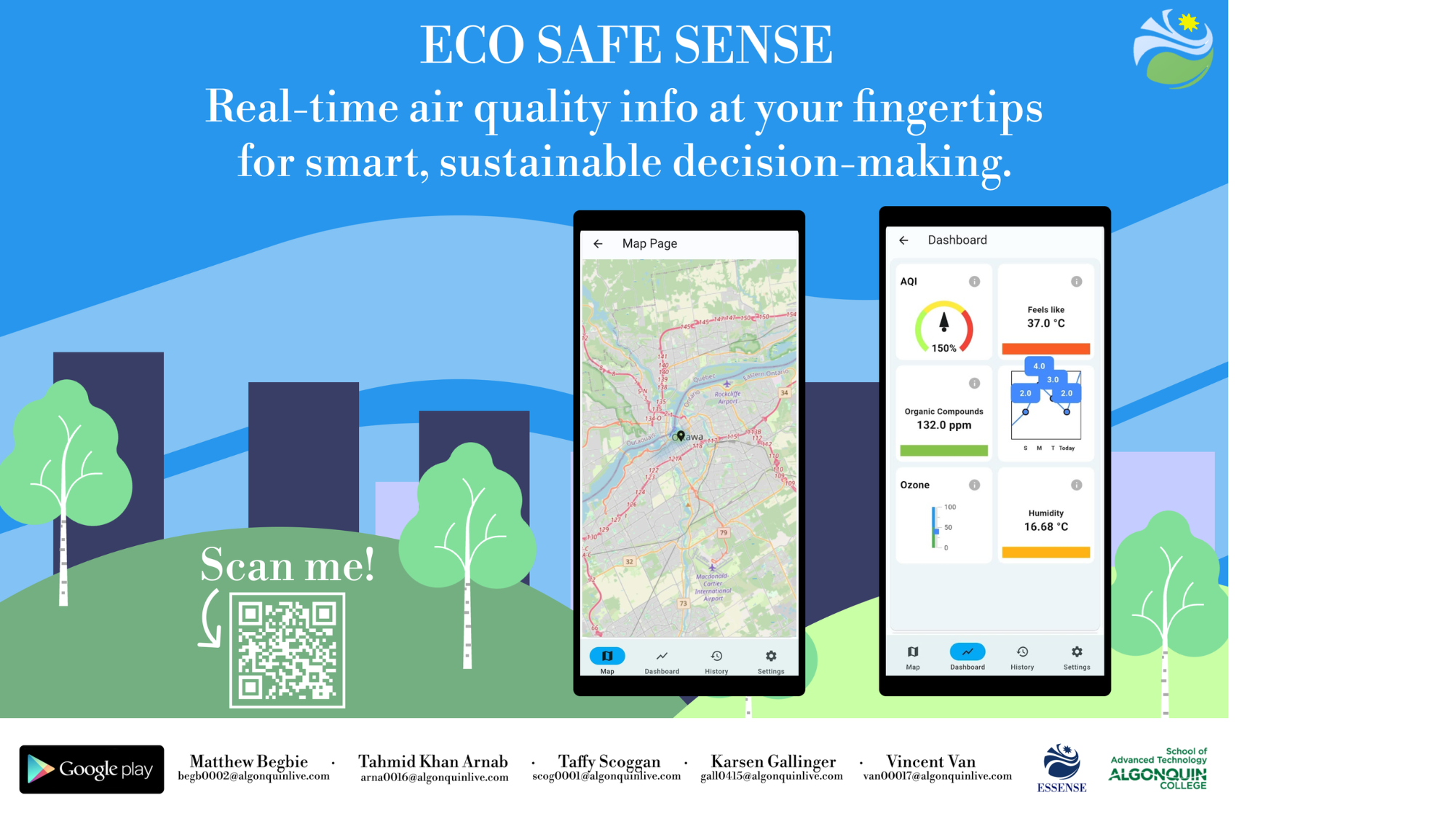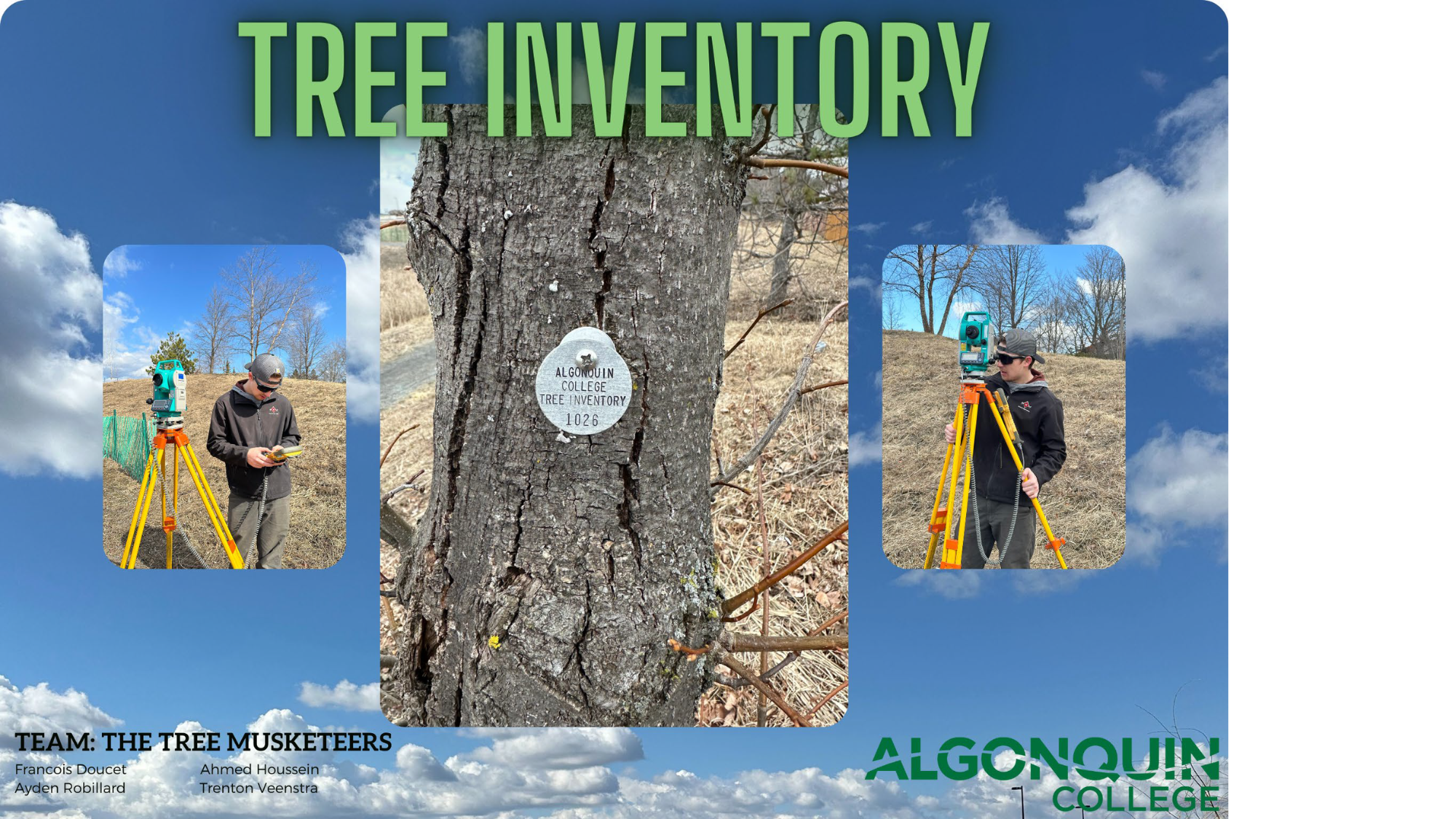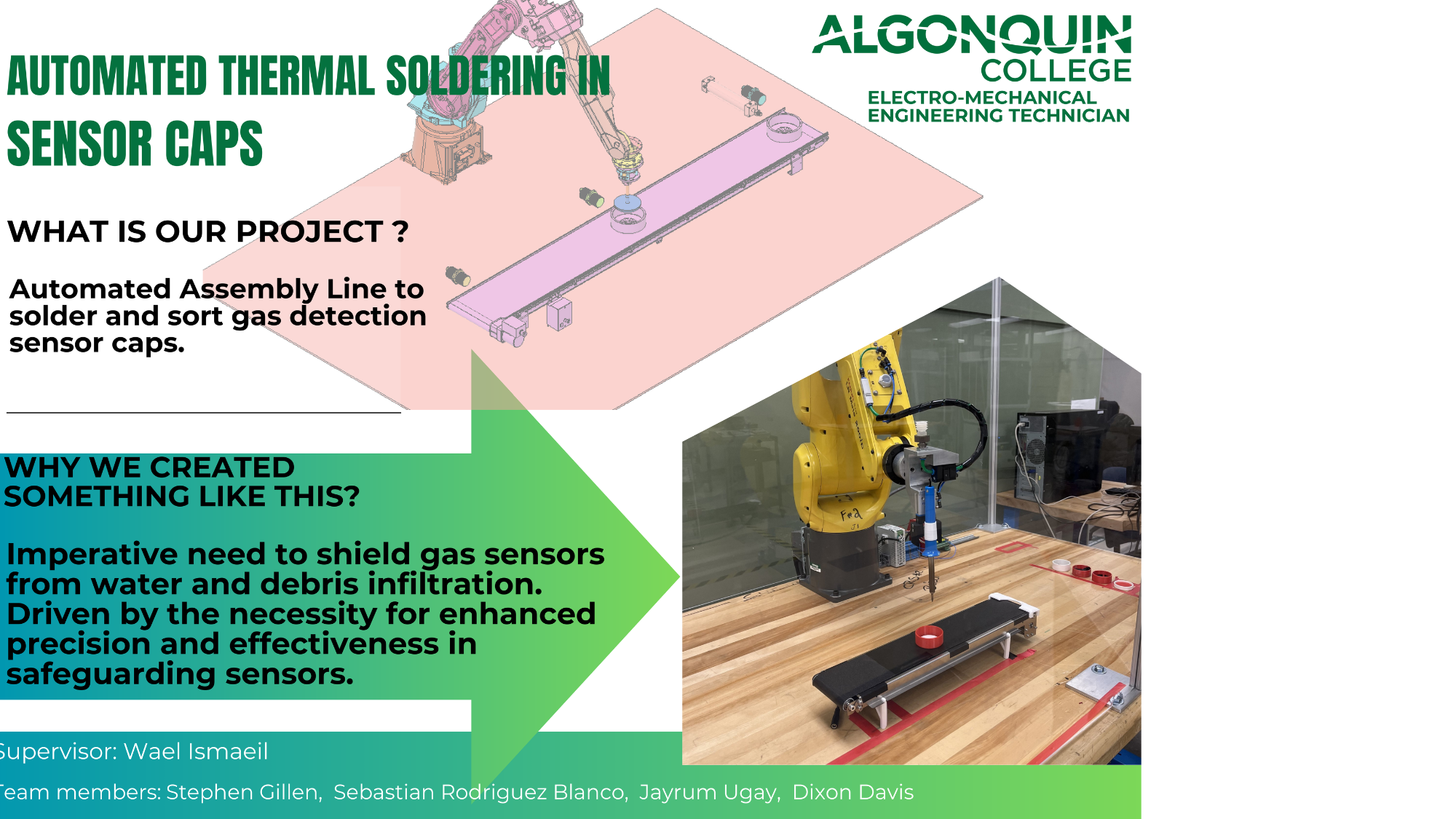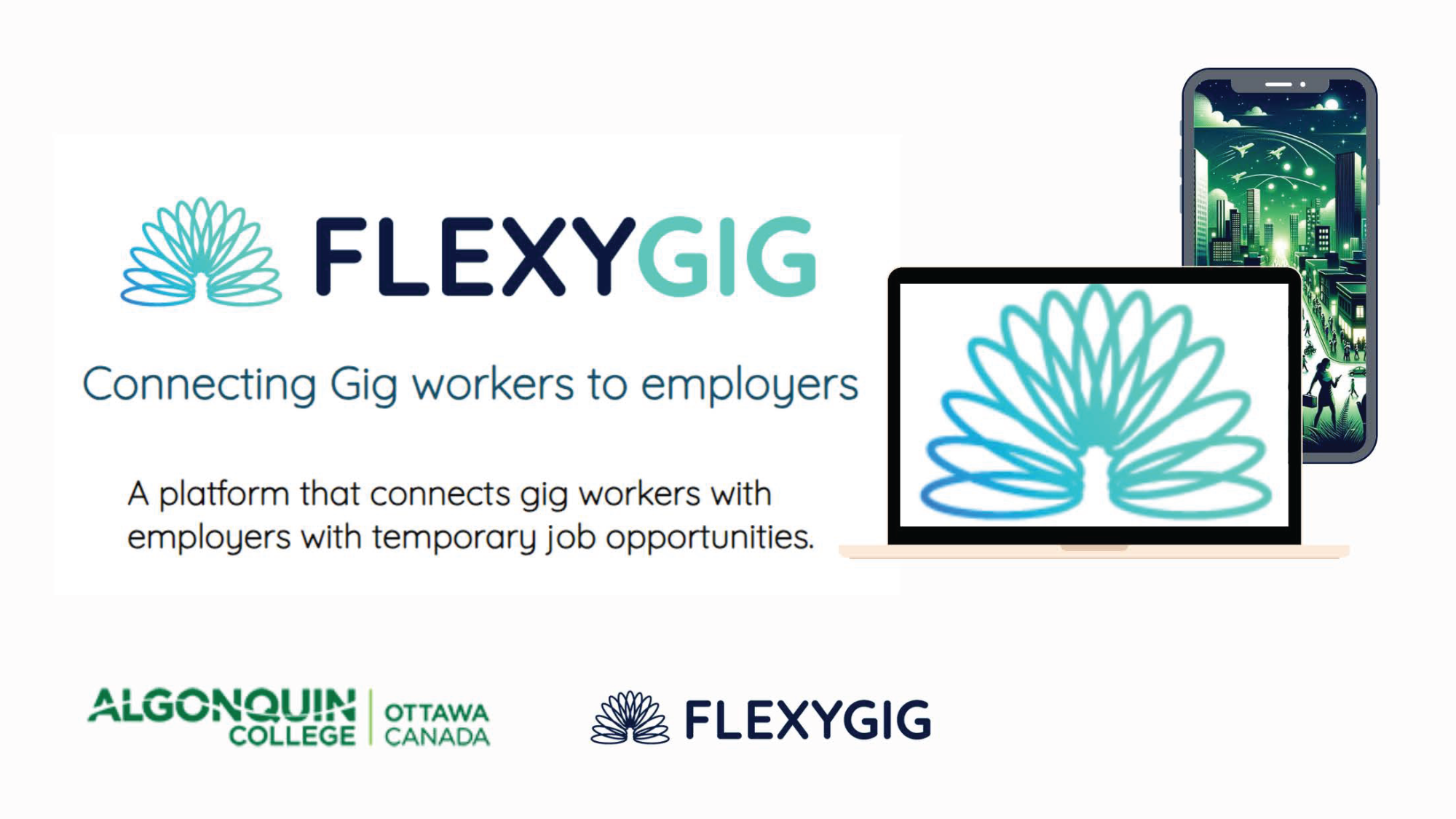
Project Summary:
The purpose of this project was to determine the efficiency of solar panel energy in a Canadian climate using an Arduino to precisely measure data between the sun and a 40-watt solar panel to find the solar panels efficiency in a winter climate.
| Client | John Armitage | |
| Professor(s) | Francesco TangorraLaura McHugh | |
| Program | Civil Engineering Technology | |
| Student Team Members | Ethan Lafont Landen Sinfield Chiiwaadin Bearskin Ayoub Elbeggo |
Project Description:
The purpose of this project is to assess the viability of solar panel energy within the Canadian winter climate. This was done through the use of an Arduino-based system, built and coded by former Carleton University professor; John Armitage. John was introduced to the group through Algonquin professor; Federico Fernandez. John has developed and programmed a pyranometer using an Arduino connected to protoboards that record temperature and light waves from the sun within 30-second intervals throughout the day. This allows the pyranometer to provide accurate data on the energy coming from the sun at any given time of the day while also recording the energy produced by the solar panel. For this project, our group used a 40-watt solar panel to conduct the tests and then compared it graphically to calculate the efficiency of the solar panel to the sun’s energy output on that specific day. Using this device to test throughout the winter months, the group suffered through poor weather and device malfunctions, but regardless the more we tested the better the data became and with determination and perseverance our group was officially able to achieve and determine the maximum efficiency of 17% from a combination of the best data sets recorded. In conclusion, while the weather provides inconsistencies in the overhead cast, surprisingly things like the cold temperatures and cloud cloud coverage did not restrict the efficiency of the power output.






